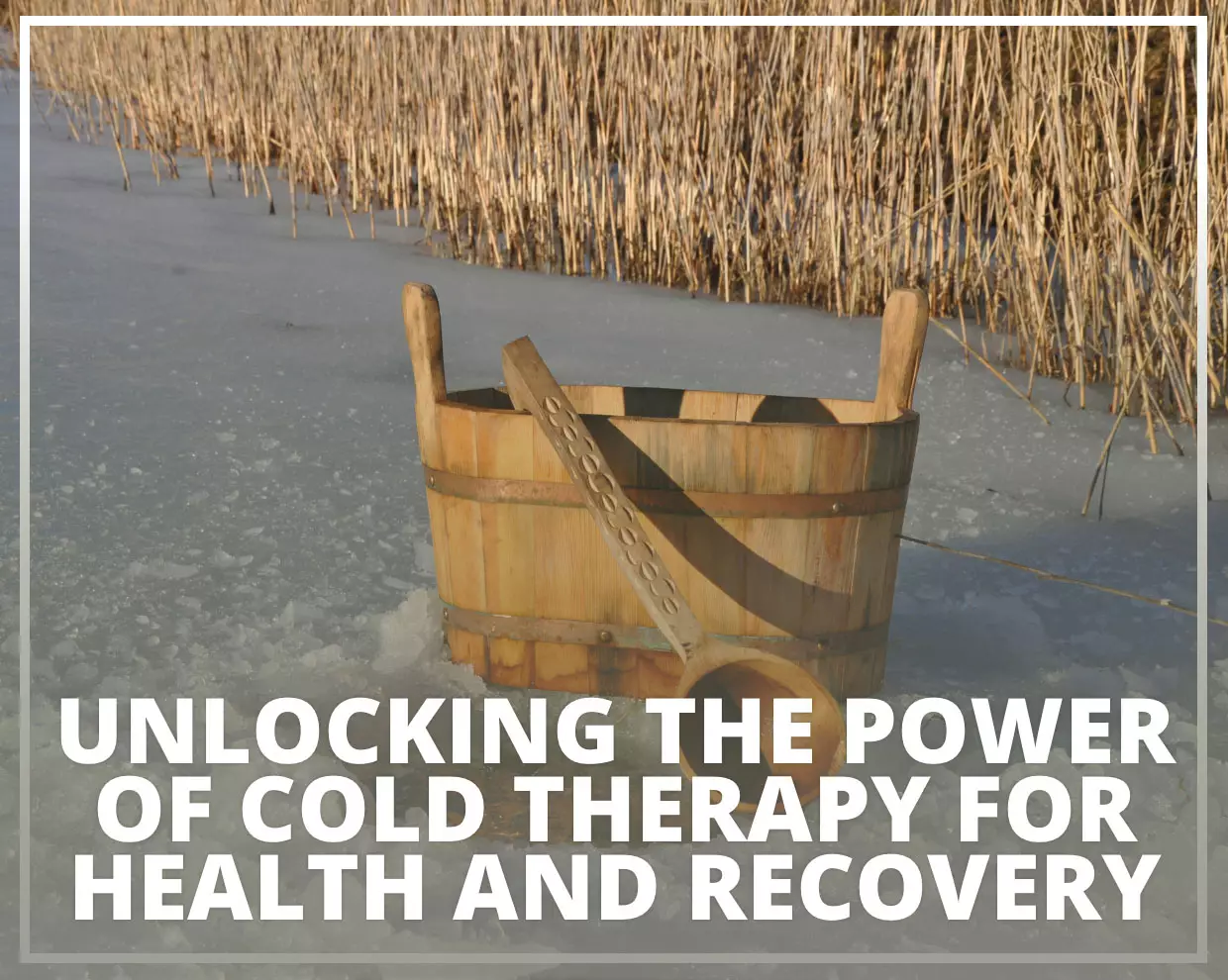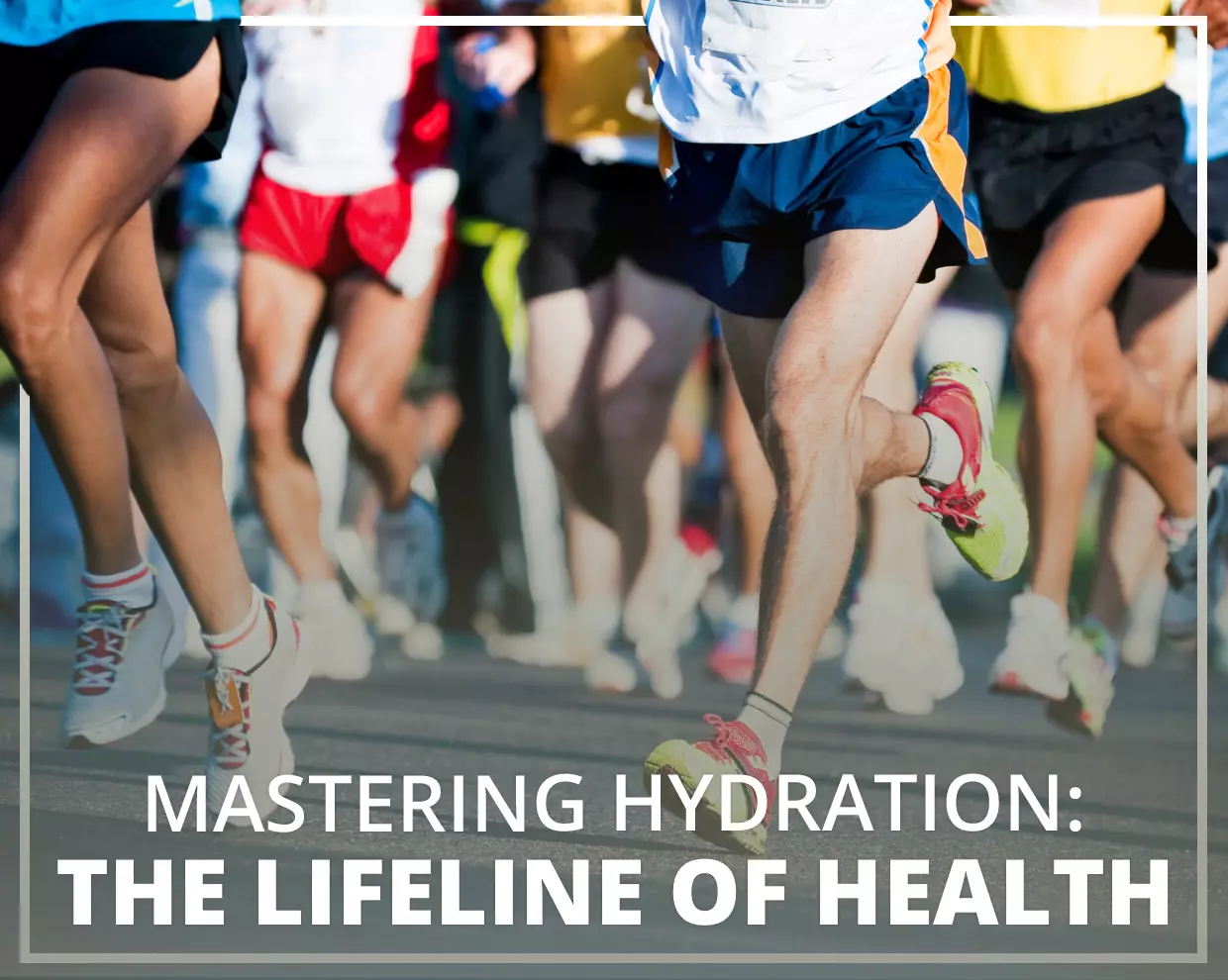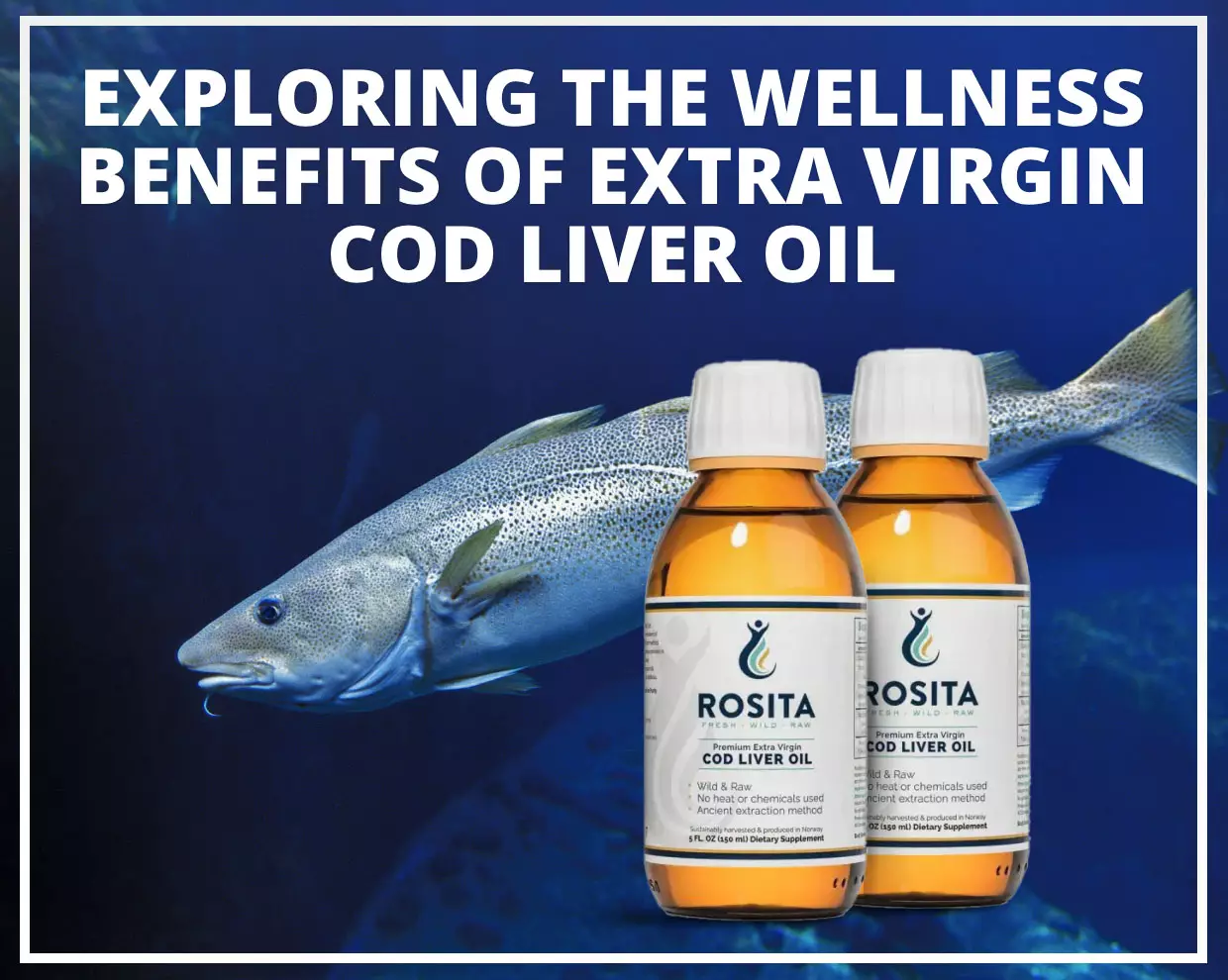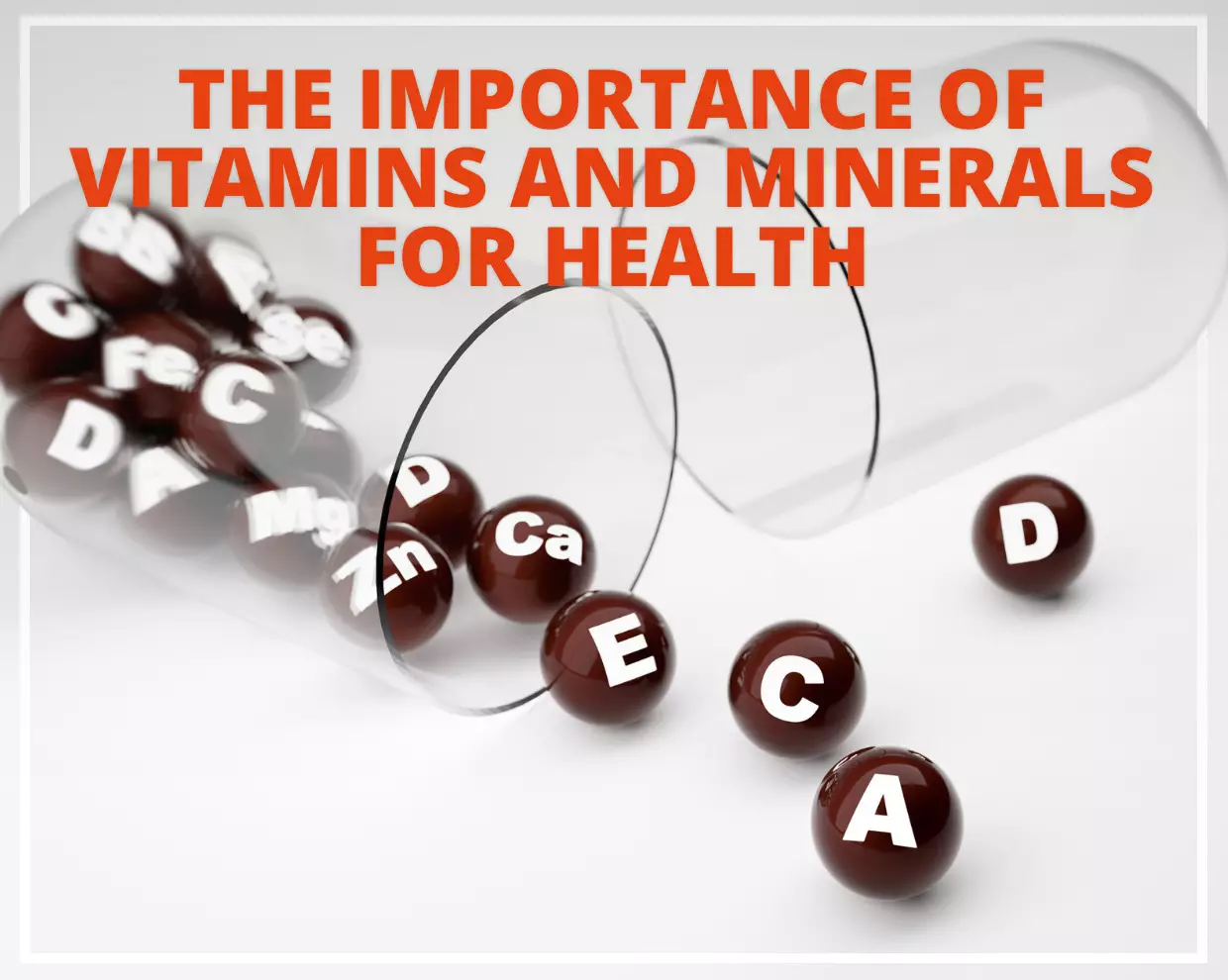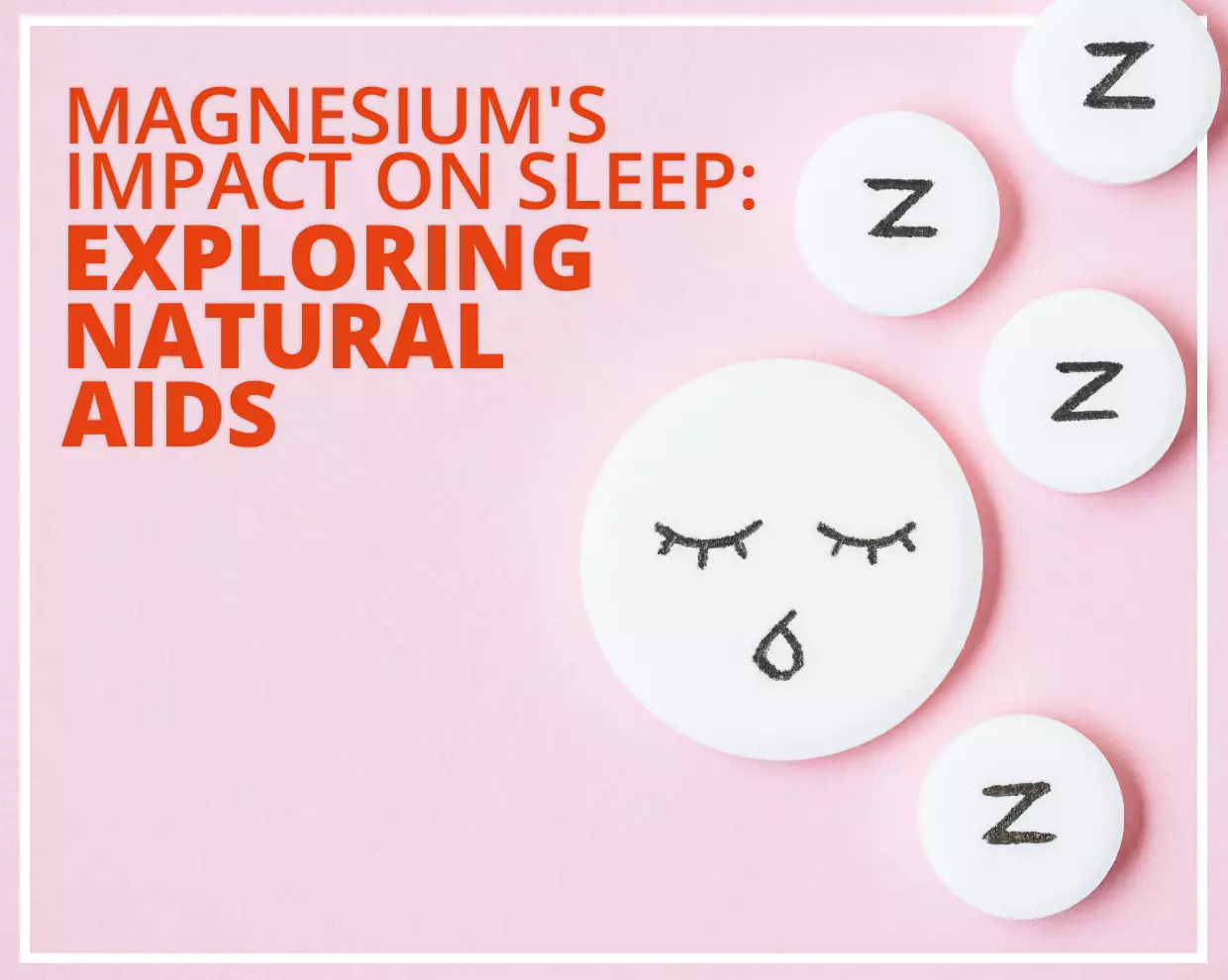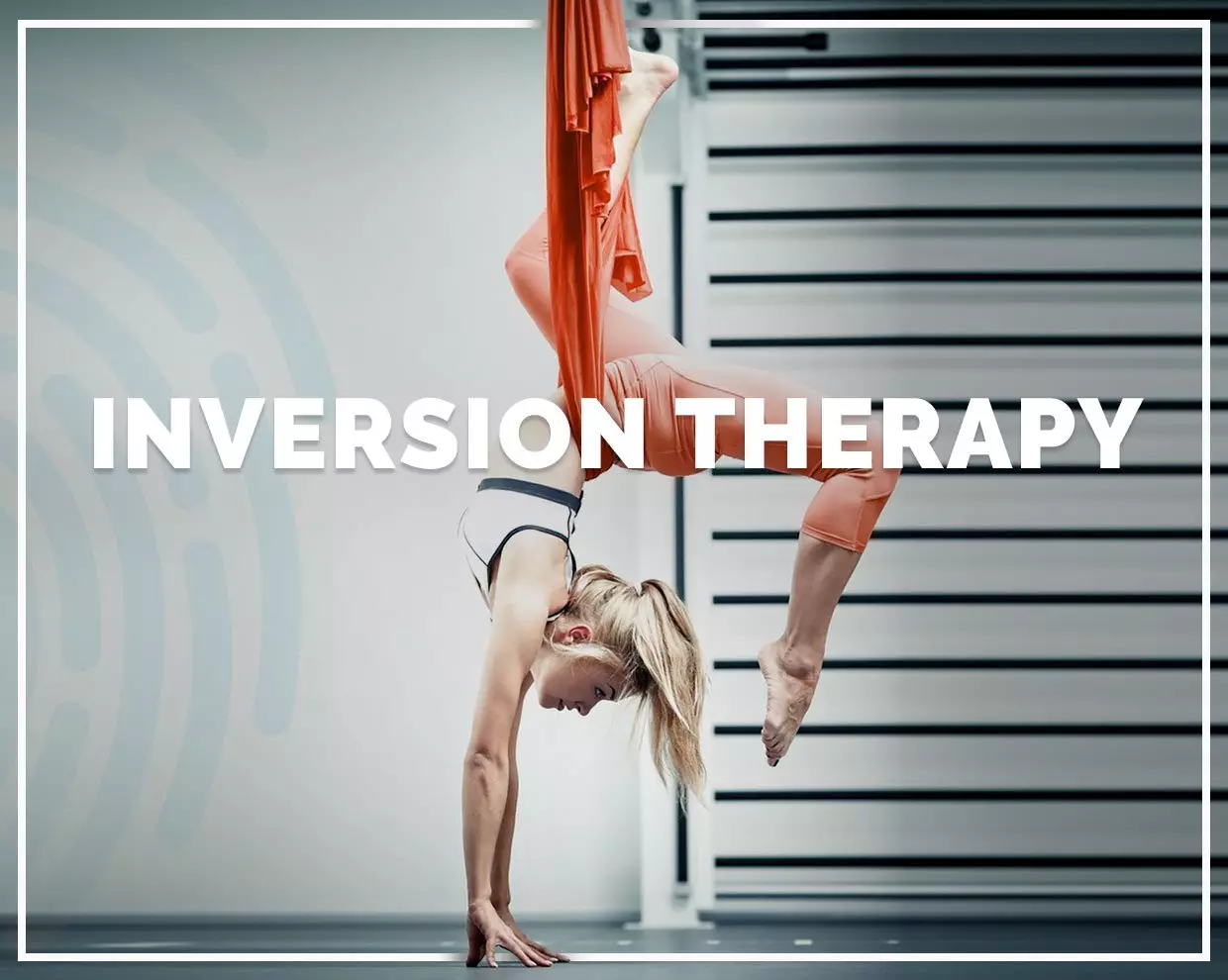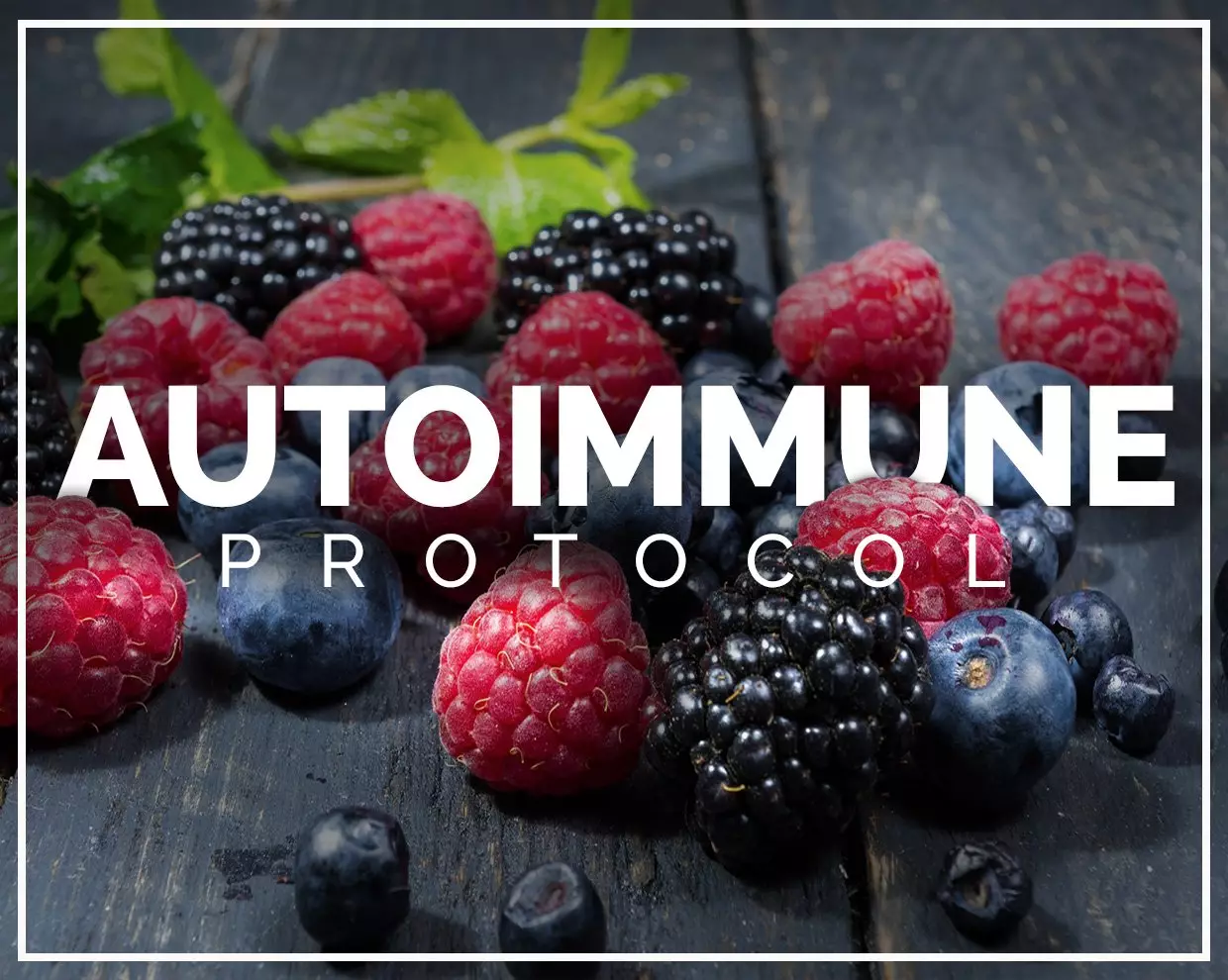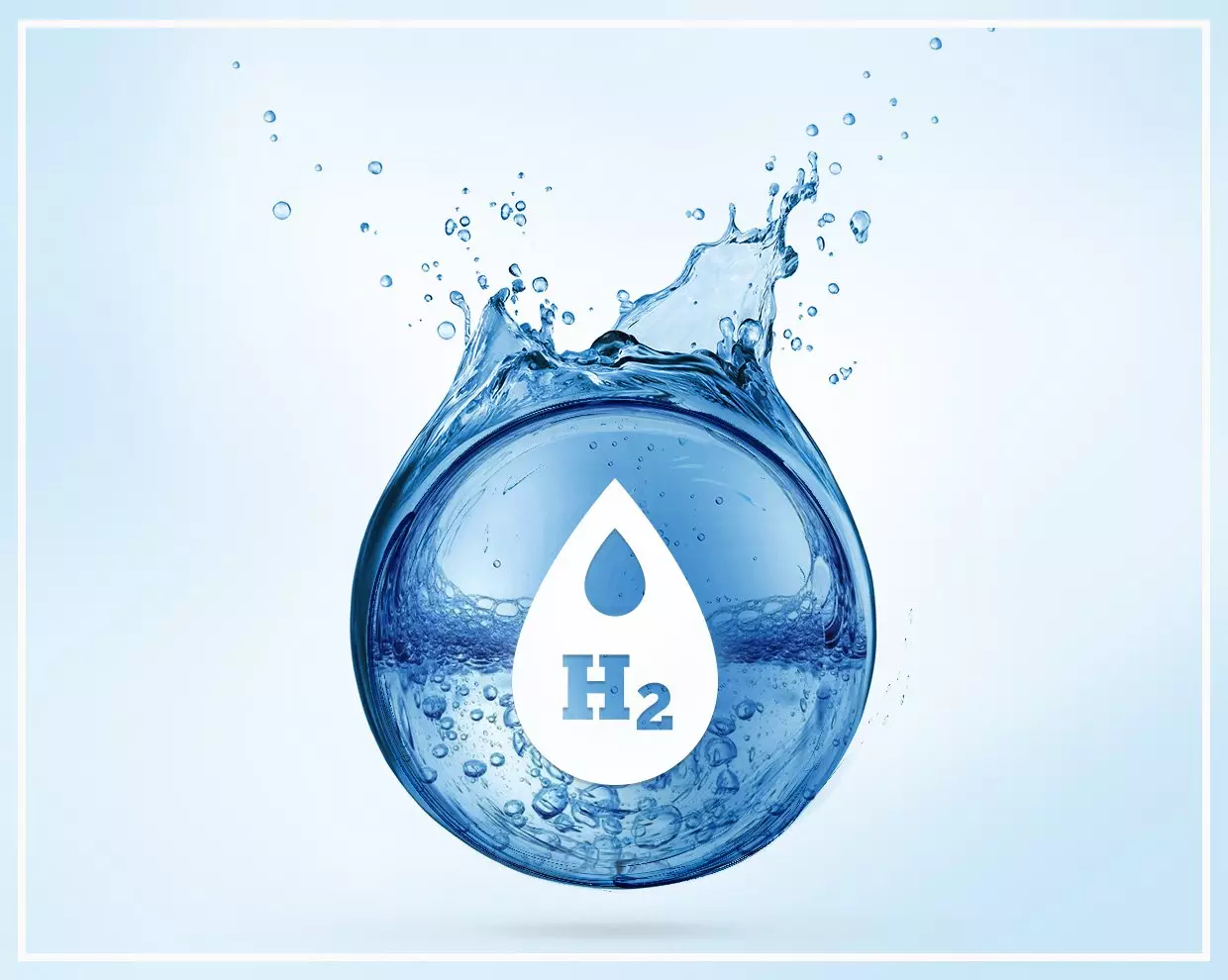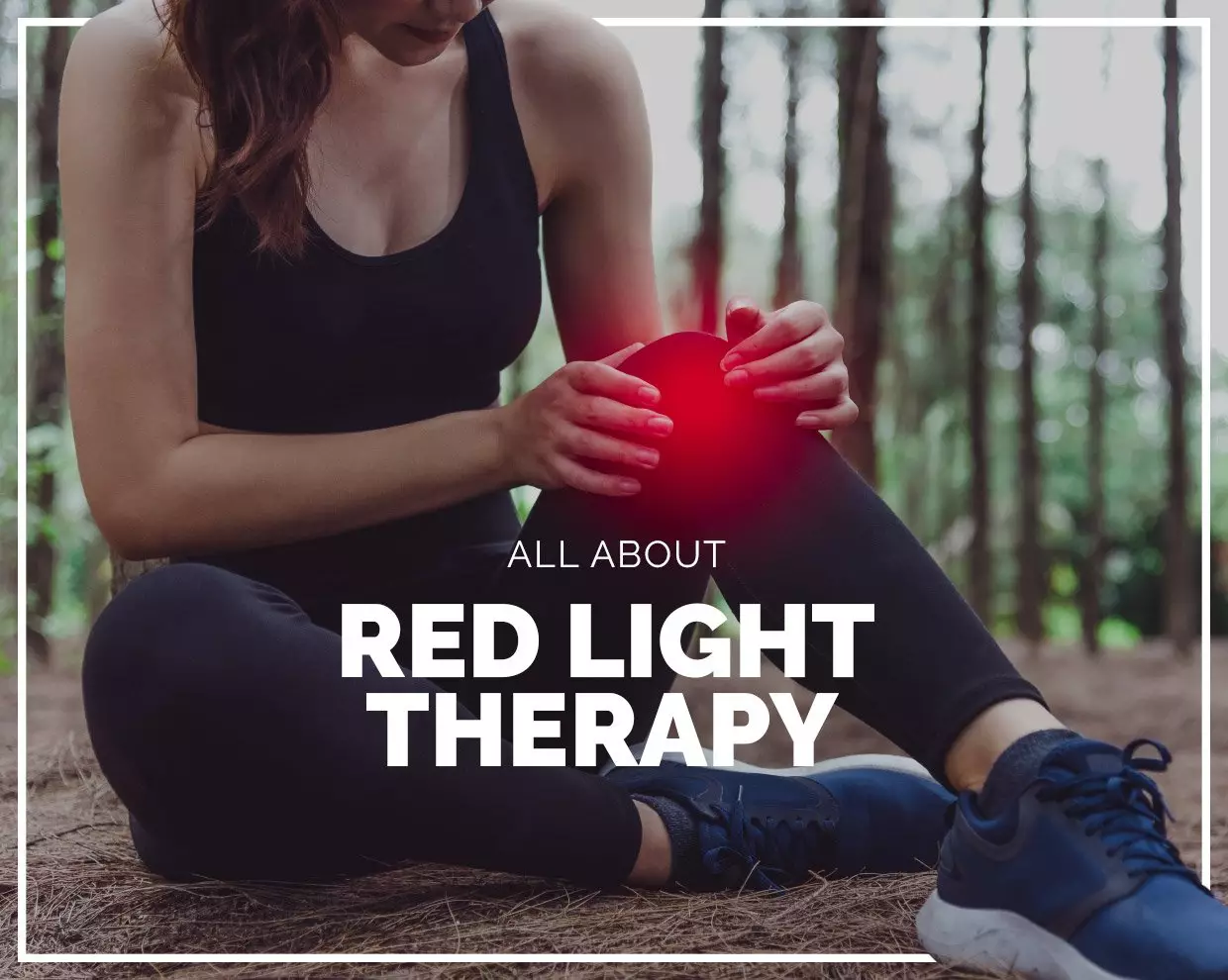In the pursuit of overall wellness, cold therapy has captured attention for its role in managing inflammation and supporting immune health.
Understanding Cold Therapy
Cold therapy, also known as cryotherapy, involves briefly exposing the body to extremely cold temperatures. This can be achieved through ice packs, baths, or even cryogenic chambers. The theory is that the cold helps constrict blood vessels, reduce inflammation, and stimulate nerve function. [1]
The Science Behind the Chill
The body's response to cold includes regulating its core temperature by increasing blood flow to internal organs. This process of vasoconstriction followed by vasodilation helps flush out toxins and inflammatory mediators from muscle tissue, potentially reducing soreness and improving recovery times, especially in athletes.
Regular exposure to cold may also stimulate the body's antioxidative defences, activating the immune system. This adaptation, often referred to as 'cold-induced thermogenesis,' could make the body more resilient over time, leading to stronger immune responses. [2]
Cold Therapy and Inflammation
Inflammation is the body's natural response to injury or infection; however, chronic inflammation can lead to various health issues. Cold therapy's ability to temporarily reduce blood flow may help reduce the body's inflammatory processes, providing relief and supporting the healing process. [3]
Lifestyle and Wellness: The Broader Picture
Integrating cold therapy into a wellness routine can complement a balanced health approach that includes nutrition, regular physical activity, and stress management. It is important to note, however, that cold therapy should not replace conventional medical treatment for chronic or acute conditions.
Practical Applications of Cold Therapy
Supporters of this technique believe that cold water therapy can support circulation, deepen sleep, balance energy levels, and reduce inflammation in the body.
While anecdotal evidence supports these benefits, more extensive research is needed to substantiate these claims. Nonetheless, some benefits of cold-water therapy are scientifically proven. Let's delve deeper into these advantages:
• Less Muscle Soreness: Research indicates that athletes who engage in short post-exercise cold immersions experience reduced muscle soreness. Studies, including one from 2011 involving cyclists and another from 2016 with 20 participants, support these findings. Cold water is thought to aid pain relief by causing blood vessels to constrict, thus reducing blood flow to injured areas and decreasing swelling and inflammation. Note: If using cold water for muscle recovery, consider combining it with stretching or active recovery techniques. [4]
• Faster Cooldown: Cold water immersion can lower body temperature much faster than resting in a cool environment. A 2015 meta-analysis of 19 studies found that cold water contact cooled overheated individuals twice as quickly as without hydrotherapy. For best results, immerse as much of your skin as possible. This means submerging your whole body in cold water rather than just splashing your wrists under a tap. [5]
• May Ease Symptoms of Depression: Cold open water swimming has been shown to help reduce symptoms of depression and anxiety in some cases. One study involved a woman who experienced reduced symptoms to the point of discontinuing her medication after starting regular open water swimming. [6]
• May Support Your Immune System: Evidence suggests that cold water therapy can stimulate the immune system. A Dutch study demonstrated that techniques including cold water immersion reduced symptoms when participants were exposed to a bacterial infection. [7]
Cold Therapy and Post-Workout Recovery: Level-Up Your Fitness Regimen
Cold therapy is increasingly popular among athletes for its effectiveness in post-workout recovery. Engaging in intense exercise often leads to exercise-induced muscle damage (EIMD), manifesting as muscle soreness and stiffness. Cold therapy can ease these symptoms and accelerate the recovery process.
How Cold Therapy Aids Post-Workout Recovery
• Reduction of Inflammation: Strenuous activities can cause microscopic tears in muscle fibres, triggering inflammation. Cold therapy helps reduce this inflammation by constricting blood vessels, decreasing the flow of inflammatory substances. [8]
• Decrease in Muscle Soreness: Known as delayed onset muscle soreness (DOMS), the discomfort that appears after intense exercise can be mitigated with cold therapy.
• Faster Lactate Clearance: Cold therapy can assist in rapidly clearing lactate, a by-product of vigorous exercise, from the muscles, though effectiveness varies individually.
• Support Recovery Speed: By reducing core temperature and muscle inflammation, cold therapy may shorten recovery time, enabling quicker returns to training with less residual soreness. [9]
Implementing Cold Therapy After Workouts
Consider the following methods to incorporate cold therapy into your recovery routine:
• Ice Baths: Immersing the body in an ice bath for 10 to 15 minutes post-exercise can benefit large muscle groups. However, for the beginners, we suggest you start nice and slow with 1-3 minutes and slowly increase your time in an ice bath. Over several weeks, move up to 10 minutes and eventually 15 minutes.
• Cold Packs: Applying cold packs to specific sore areas can directly target inflammation and is convenient for localised therapy.
• Cryotherapy Chambers: These chambers provide intense, uniform exposure to extreme cold for brief periods, offering a controlled recovery environment.
Tips for Effective Cold Therapy
• Duration and Frequency: Keep cold exposure within recommended durations to avoid risks like frostbite or hypothermia.
• Clothing: When using ice baths, opt for minimal clothing and consider neoprene covers for extremities to protect sensitive areas.
• Hydration: Maintaining hydration during and after cold therapy helps the body recover and efficiently clear metabolic byproducts.
• Professional Consultation: Always seek advice from healthcare providers or trained coaches before starting new recovery regimens, particularly if you have health conditions affected by extreme cold.
Conclusion
Incorporating cold therapy into your post-workout regimen offers a promising method to support recovery, reduce muscle soreness, and improve overall athletic performance. By effectively managing inflammation and accelerating recovery processes, cold therapy not only caters to your immediate recovery needs but also prepares your body for future physical demands. This practice, rooted in both tradition and modern sports science, underscores the innovative ways we can support our body’s natural healing processes.
Ready to Deepen Your Understanding?
Are you looking to improve your recovery and support your performance with cutting-edge wellness practices? Explore the benefits of cold therapy and other wellness strategies by visiting our resources:
• For managing inflammation and supporting immune health: Check out our dedicated blog section here. Dive into a wealth of information designed to keep you at the peak of your health game.
• For supporting your weight loss and sports performance goals: Visit our curated collection here. Discover top-tier supplements and tools specifically designed to complement your fitness journey and improve your performance.
Join us at Functional Self, where science meets your daily health routine, empowering you with the knowledge and products to live your best life.
References
1 Cryotherapy
2 Physiology of Cold Exposure
3 Inflammatory responses and inflammation-associated diseases in organs
4 Impact of Cold-Water Immersion Compared with Passive Recovery Following a Single Bout of Strenuous Exercise on Athletic Performance in Physically Active Participants: A Systematic Review with Meta-analysis and Meta-regression
5 Optimizing Cold-Water Immersion for Exercise-Induced Hyperthermia: An Evidence-Based Paper
6 Cold Water Swimming—Benefits and Risks: A Narrative Review
7 Scientific Evidence-Based Effects of Hydrotherapy on Various Systems of the Body
8 Post exercise ice water immersion: Is it a form of active recovery?
9 Functional Impact of Post-exercise Cooling and Heating on Recovery and Training Adaptations: Application to Resistance, Endurance, and Sprint Exercise

 NZ Store
NZ Store  UK Store
UK Store AU Store
AU Store EU Store
EU Store

